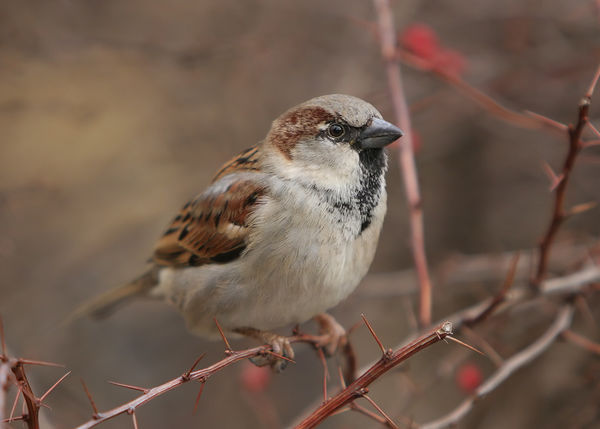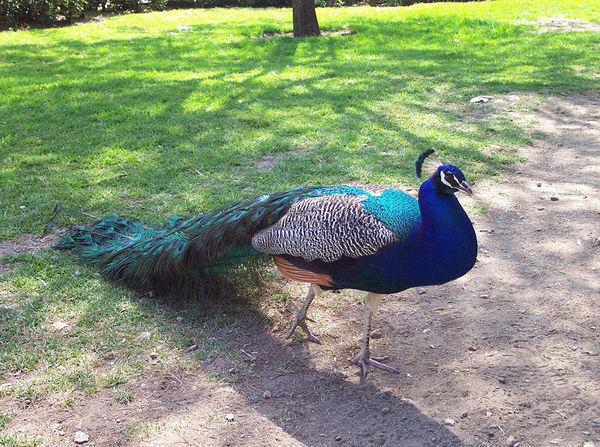What Am I Doing Wrong?
Oct 27, 2017 21:30:58 #
MikWar wrote:
I understand your suggestion, but if I have focus on the bird (an environs) shouldn't it be sharper? If the focal length is appropriate, why would the camera/lens blur it?
If you are using autofocus, then you are simply indicating the area you want the camera to focus on. The CAMERA is doing the actual focusing, not you. The camera depends on picking out areas of contrast or phase. It can be confused and focus on something other than what YOU want if it does not have what it needs to do the job. Manual focus will focus on what YOU want because YOU are doing the focusing not the camera. But then you are dependent on your own visual limitations and the limitations of your viewfinder. And we older folks know what that is all about!
Oct 27, 2017 21:35:47 #
OK, I chatted with Tara and she said she shoots Aperture Priority f/5.6, ISO 200. She also sometimes shoots Shutter Priority 1/640, ISO 200. If the light is not good she shoots at shutter speed 1/200 or 1/250 for flash sync speeds. Once dusk hits she goes to her 70-200 or even shorter lens. Tara shoots a Canon 5D3. She also mentioned a mutual friend who has the 100-400 and I will reach out to him this weekend too.
Best,
Todd Ferguson
Best,
Todd Ferguson
Notorious T.O.D. wrote:
I understand people saying to use a tripod or monopod with the 100-400 II. However, if the shutter speed is sufficient I know that the lens can be successfully used handheld. My friend, Tara, uses this lens all the time to shoot drag racing with her 5D3. She never uses a tripod or monopod. You can see her work on her Facebook page Black Rock Photography. I will ask her what settings she uses typically with that lens and report back...
Best,
Todd Ferguson
Best,
Todd Ferguson
Oct 27, 2017 23:43:59 #
Nugget of photography wisdom: "a bad picture of a good subject will win out over a good picture of a bad subject nearly every time."
gessman wrote:
Well, as usual in uhh, you've been given all kinds... (show quote)
Oct 27, 2017 23:44:05 #
Here is a zoo bird shot from 40 ft with a nikon d3200 and a 300mm lens-easy stuff -shoot some of this stuff it's fun and good practice-I'm trying to catch Chicadees that move 3 times a second from 50 ft -1 shot in 25 is decent with luck high s speed 800-200iso and 4.0 aperture 50 shots for even decent.Practice over and over-it's the toughest photography there is -well almost! Heck I picked a Cardnal at 30ft instead-
Oct 27, 2017 23:45:21 #
TheDman
Loc: USA
anotherview wrote:
Nugget of photography wisdom: "a bad picture of a good subject will win out over a good picture of a bad subject nearly every time."
I think the exact opposite is true.
Oct 27, 2017 23:51:09 #
Oct 28, 2017 00:03:53 #
Three things stand paramount in photography: Composition, Exposure, and the importance of Subject.
The thought goes that, if interesting enough, the subject will attract and hold viewer attention despite sub-par composition and off-exposure.
For this reason, I urge first finding an interesting subject when doing photography.
The thought goes that, if interesting enough, the subject will attract and hold viewer attention despite sub-par composition and off-exposure.
For this reason, I urge first finding an interesting subject when doing photography.
TheDman wrote:
I think the exact opposite is true.
Oct 28, 2017 12:14:55 #
Notorious T.O.D. wrote:
OK, I chatted with Tara and she said she shoots Aperture Priority f/5.6, ISO 200. She also sometimes shoots Shutter Priority 1/640, ISO 200. If the light is not good she shoots at shutter speed 1/200 or 1/250 for flash sync speeds. Once dusk hits she goes to her 70-200 or even shorter lens. Tara shoots a Canon 5D3. She also mentioned a mutual friend who has the 100-400 and I will reach out to him this weekend too.
Best,
Todd Ferguson
Best,
Todd Ferguson
I appreciate the time you put in to call your friend and pass on her information! I will give those suggestions a try.
Mike
Oct 28, 2017 12:27:56 #
amfoto1
Loc: San Jose, Calif. USA
MikWar wrote:
I enjoy taking pictures of birds so not long ago I splurged and bought the Canon 100-400 L II lens for my Canon T3. I've taken several hundred shots with the new lens and about 5 of them have been crisp and sharp. Normally when birding I hand-hold so I understand that there will be some camera shake for a lens that heavy. Today I used a tripod and got similar results - not sharp....
First of all... do you have a "protection" filter on your lens? If so, remove it and try without any filter. Cheap filters, in particular, can really mess with image quality. I think there's something different going on here, but this may help to some extent.
I honestly don't know if this is much of a problem with the Mark II version of this lens. I've been using mine for going on two years and haven't had occasion to put a filter on it yet. I know for certain that the original 100-400mm (push/pull zoom) was strongly effected by ANY filter... Even high quality filters would significantly reduce image sharpness. Many users were stunned to learn how sharp their lens was, when they removed the filter they'd put on it from brand new for "protection" (which is pretty silly, anyway... the deep lens hood provided does a far better job of physically protecting the lens, than some thin piece of filter glass ever could).
MikWar wrote:
My camera was set up with AI Focus and 800 ISO.
First mistake.... don't use AI Focus. That really isn't an autofocus mode. It's automation where the camera is supposed to choose for you whether or not the subject is moving, then switch to use either AI Servo (if subject is moving) or One Shot (if the camera "thinks" the subject is stationary). I stopped using AI Focus years ago, but the last time I did it seemed to slow down autofocus, fail to switch to the correct mode if the subject started or stopped moving, or simply choose incorrectly. When I used it, I got about 50% of my shots in focus... When I stopped, I immediately saw an increase to about 90%.
Choose between AI Servo and One Shot yourself. If you set up Back Button Focusing you'll be able to use AI Servo all the time, for both moving and stationary subjects. If you want to give it a try, Google for information on how to set it up and use it.
And, why ISO 800? You also are using f/10 aperture and are ending up with shutter speeds 1/100 or slower. With focal lengths around 350-400mm on the zoom, and with it on an APS-C camera, where without image stabilization you need shutter speeds of 1/500 to 1/1000. If you used ISO 1600 you could use twice as fast shutter speeds, which would certainly help. And if you opened the lens up to f/5.6 you could use even faster shutter speed... more than doubling it once again. There's a lot of camera-shake blur in your images. That's the main problem and higher shutter speeds would help. But there's also subject blur, when the birds move around 1/100 simply isn't fast enough. IS can help with camera shake blur, but not with subject blur. So, regardless, you need faster shutter speeds but all your settings are forcing you to use slower ones.
MikWar wrote:
I turned off the Stabilizer on the lens and set the focal length to Full.
Why in the world are you turning off Image Stabilization? TURN IT BACK ON!
I suspect you read or heard that you should turn it off when using a tripod... But that's utter BS and way, way over-simplified. After fifteen years using a number of different Canon IS lenses and probably making mor than a quarter milllion image with them, I can tell you that especially with this lens, which uses one of the fastest and most advanced forms of in-lens stabilization. YOU SHOULD NOT BE TURNING IT OFF, even on a tripod. Canon does recommend turning off IS when using a tripod, but according to Chuck Westfall, Canon USA's tech guru, that's mostly just to save a little battery power. (Very little, actually... I see almost no difference in the number of shots possible with an IS lens on one camera and a non-IS on another... they both get about the same number of shots per charge.)
The ORIGINAL 100-400mm model (push/pull zoom) DID need IS turned off when the lens was FULLY LOCKED DOWN ON A TRIPOD and there was absolutely no movement what-so-ever. In those specific situations, that particular lens (and four other older models with IS) could go into sort of a feedback loop where IS actually "freaks out" and causes rapid movements that will blur images.
But you DO NOT need to every turn off IS on the Mark II version of the lens. If there's no movement, it will self-detect and turn IS off itself automatically.
And, if there ever is a tripod-induced problem (actually it's any time there's no movement what-so-ever, not just limited to tripods)... you'll see it occurring in the viewfinder, with the image rapidly jumping around, and can then turn off IS. No harm done. (Note: Don't confuse with slower "image drift", which can occur when using IS and is more obvious when there's little or no movement. This is normal and doesn't effect still images negatively.... but might be a reason to turn off IS if shooting video or making very precisely framed still shots.)
Using my 100-400mm II for close to two years and probably at least 25,000 shots, it's fast focusing and very sharp throughout the zoom range. It uses a fluorite element (as do the first version 100-400 and many other Canon telephotos). And the IS is very effective. This is the least expensive Canon lens with the advanced "Mode 3 - instant IS". Prior to this lens, you had to spend $8000 or $10000 to get a lens with that high performance IS... SO STOP TURNING IT OFF. This (and many thousands of other images) was shot with that lens on a tripod...
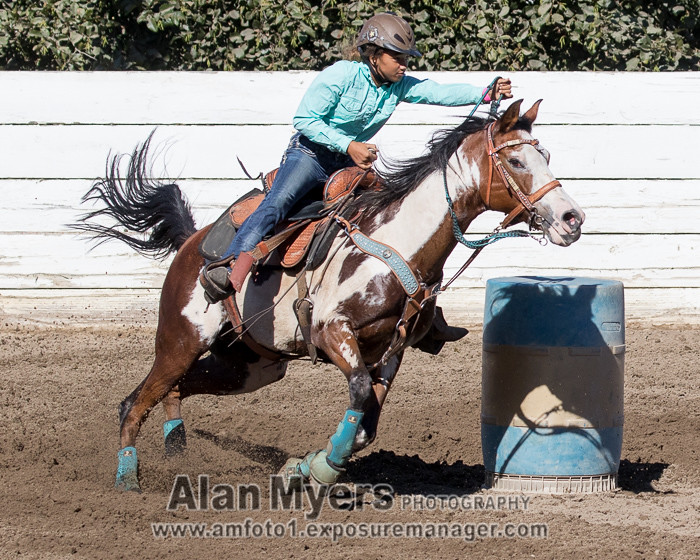
I normally hand hold the lens, but the above was during a 4-day event, shooting 8 to 10 hours per day (17,000 images total).... hence the tripod (and a lot of ibuprofin
 )
) MikWar wrote:
... my 55-250mm lens got better results. When cropping (and to a lesser extent on these uncropped) I notice vertical branches in the background appear ghosted - that is two parallel unfocused lines instead of one unfocused line...
Of course you got better results with the 55-250mm... You were probably hand holding it, so I bet you were leaving IS on. Even the more basic IS on that lens allows use of slower shutter speeds between 1/100 and 1/50. Not to mention, the 100-400mm is over 50% longer focal length, amplifying the difficulty holding it steady a lot. (The quality and stability of your tripod might be a factor, too.)
Regardless, rather than cropping heavily, you'd be better getting closer to your subjects... or getting them to come closer to you. It might take a lot of patience, but the more you "fill your viewfinder" with your subject and minimize cropping, the better your images will be!
The "ghosting" effect in the out of focus backgrounds is probably increased by stopping the lens down the way these were done. It's a busy tangle of branches, so that's going to be hard to avoid entirely, but setting the lens to f/5.6 with the aperture wide open might help. All lens apertures are at their most perfectly round when wide open, which may make for the best possible background blur. But it's also a factor of distance, how far the background is behind the subject. A close tangle of branches like that is difficult to render well. At times I've selectively blurred backgrounds in Photoshop... but it's a lot of work. Here are two images (taken with different lenses) where I did that... To reduce some ugly stuff in the background behind the waxwing on the left, and to eliminate or reduce "ghosting" similar to what you're seeing in the right hand image.
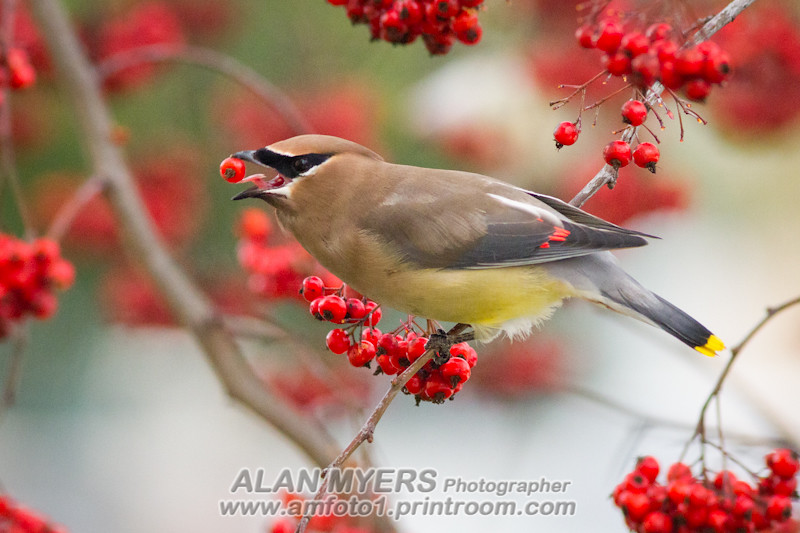
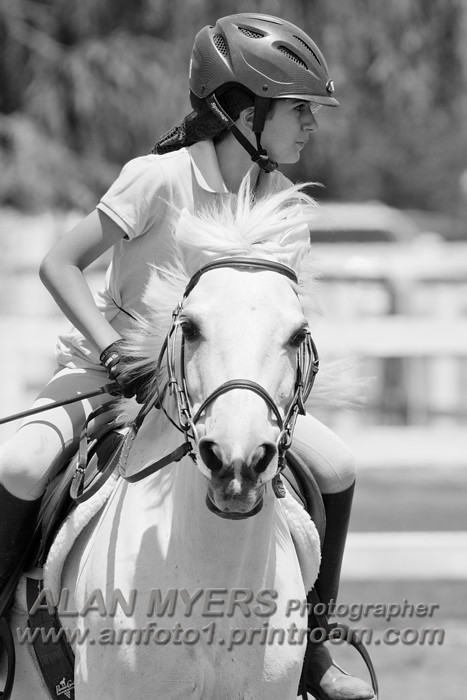
I cannot tell from the EXIF what focusing pattern or AF point selection you're using. Your camera has 9-point AF and I've used similar in the past. This doesn't appear to be something you're having trouble with, though. But I'd definitely set up Single Point/Manual Selection and only use the center AF point on that camera... since it's the only, higher performance "cross type" it provides. I suspect you're already doing this.
I also didn't check which exposure mode you're using.... Av, Tv, P or strictly Manual. I did notice and am not sure why you're using Partial metering (I use Evaluative most of the time), but you don't seem to be having exposure issues and these seem to be working for you. BUT, if the exposure mode is (or, gag, "scene mode") is forcing you to use too small an aperture, too slow a shutter speed, you should consider using something different. ("Scene modes" such as "running man icon/sports" are even worse automation... they not only dictate the exposure mode, they also override autofocus settings, limit the file types you can use and more.)
Oct 28, 2017 12:28:47 #
TheDman
Loc: USA
anotherview wrote:
Three things stand paramount in photography: Composition, Exposure, and the importance of Subject.
The thought goes that, if interesting enough, the subject will attract and hold viewer attention despite sub-par composition and off-exposure.
For this reason, I urge first finding an interesting subject when doing photography.
The thought goes that, if interesting enough, the subject will attract and hold viewer attention despite sub-par composition and off-exposure.
For this reason, I urge first finding an interesting subject when doing photography.
I would call exposure "light", so it's light, composition and subject. I tell people to look for light. Whenever I feel like I'm in a rut, I tell myself to go out and find some good light. Good shots seem to follow from that. Subject is the least important.
As subjects go, it's hard to find two more opposite ones than a beautiful, showy peacock and a drab, brown, mundane sparrow. If subject were paramount a photo of a peacock should be more appealing than a photo of a sparrow. So why do I find the sparrow photo here so much better?
Oct 28, 2017 13:38:50 #
Oct 28, 2017 13:41:37 #
Hi Alan,
Thanks for the thoughtful and lengthy reply. I will incorporate your suggestions with those made by others. I'm curious as to which Stabilization mode you would have used on the pics in the initial post?
Mike
Thanks for the thoughtful and lengthy reply. I will incorporate your suggestions with those made by others. I'm curious as to which Stabilization mode you would have used on the pics in the initial post?
Mike
Oct 28, 2017 13:48:02 #
In photo second from bottom, with bird standing on the ground, focus is not a problem. The bottom of the photo is very fuzzy, the top of the photo is very fuzzy, where the bird is is where the bird is is sharpest. Even if focus was off, something on the ground should be sharp. It is not. Is the problem camera shake? It may be contributing but I have never seen camera shake that affects edges of photo differently from center. Things near edges are doubled, or tripled but not near the bird. I suspect filter or lens in that order. I had a bad UV filter that would not let me get a sharp photo with an SX50 at full zoom, replaced filter problem cured. I would set up and shoot a still subject with the camera on a tripod, manual focus with auto focus off, and 10 second timer shutter release until I had isolated problem.
Oct 28, 2017 14:08:20 #
Szalajj
Loc: Salem, NH
amfoto1 wrote:
Of course you got better results with the 55-250mm... (show quote)
Thank you for going into such detailed explanations of each point that you wrote about.
Your "Why's" of each point finally made me go to my camera to check and change to "A1 Servo", it had been set on "A1 Focus" for I don't know how long, and I've been getting really poor quality shots with my 100-400 which is my walk around lens most of the time. The change in setting should help to improve my keeper rate.
Oct 28, 2017 14:24:05 #
Mike, She didn't recall whether she used IS or not, her guess was that she probably had it on... I will try to touch base with the other user of this lens I know this weekend too... He is more technically oriented than Tara and he taught Tara a lot of what she does.
Best,
Todd Ferguson
Best,
Todd Ferguson
MikWar wrote:
I appreciate the time you put in to call your friend and pass on her information! I will give those suggestions a try.
Mike
Mike
If you want to reply, then register here. Registration is free and your account is created instantly, so you can post right away.




